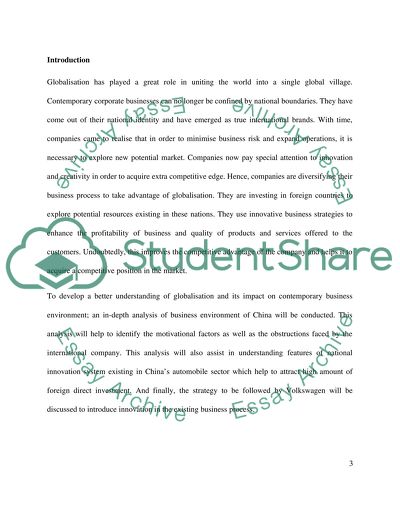Cite this document
(The Globalisation Strategy for Volkswagen in China Case Study, n.d.)
The Globalisation Strategy for Volkswagen in China Case Study. Retrieved from https://studentshare.org/marketing/1571920-3000-word-individual-report
The Globalisation Strategy for Volkswagen in China Case Study. Retrieved from https://studentshare.org/marketing/1571920-3000-word-individual-report
(The Globalisation Strategy for Volkswagen in China Case Study)
The Globalisation Strategy for Volkswagen in China Case Study. https://studentshare.org/marketing/1571920-3000-word-individual-report.
The Globalisation Strategy for Volkswagen in China Case Study. https://studentshare.org/marketing/1571920-3000-word-individual-report.
“The Globalisation Strategy for Volkswagen in China Case Study”, n.d. https://studentshare.org/marketing/1571920-3000-word-individual-report.


